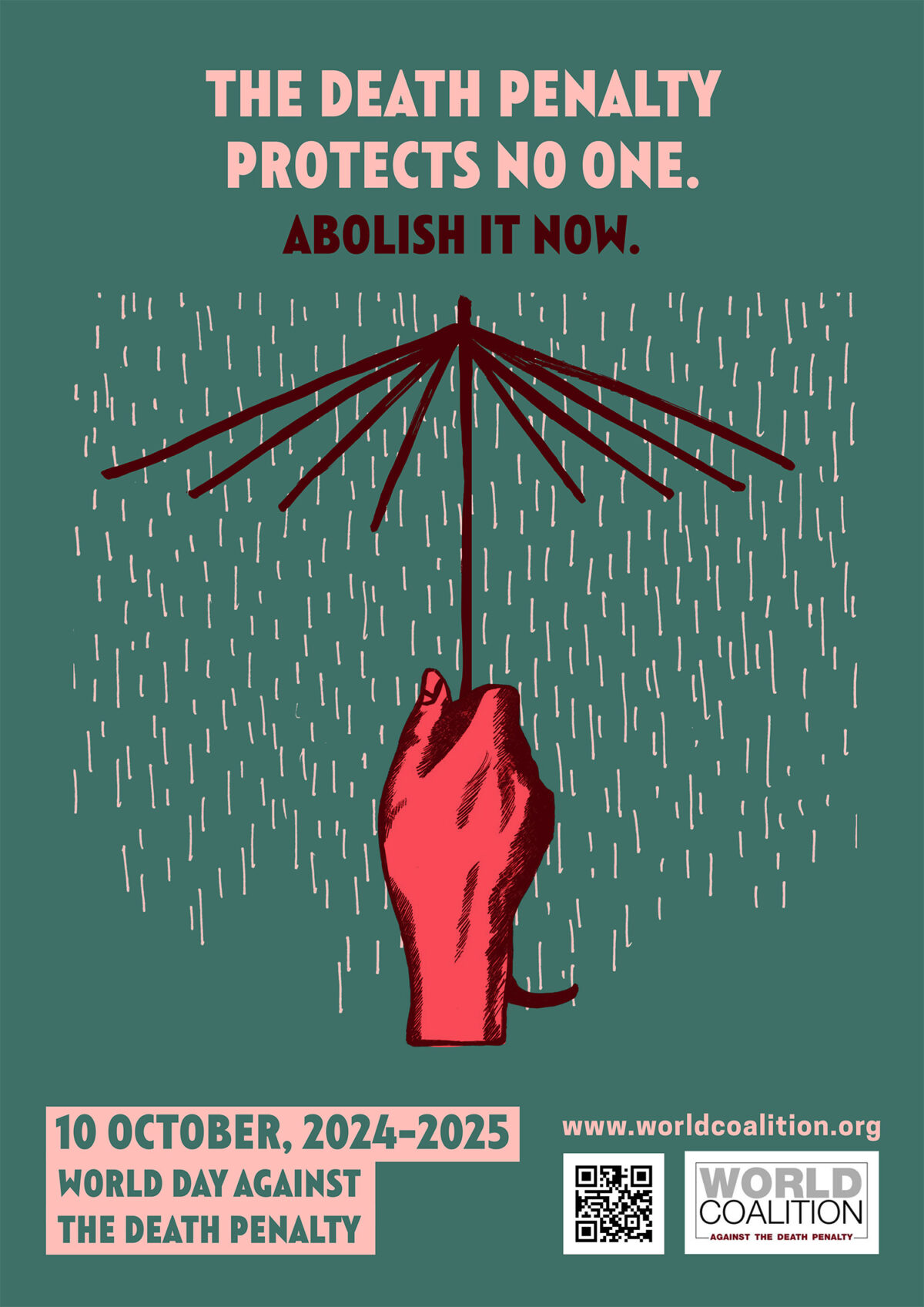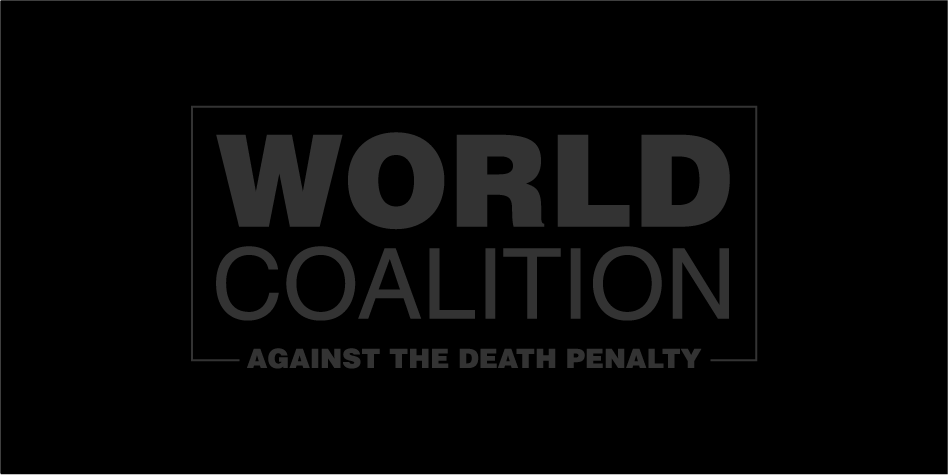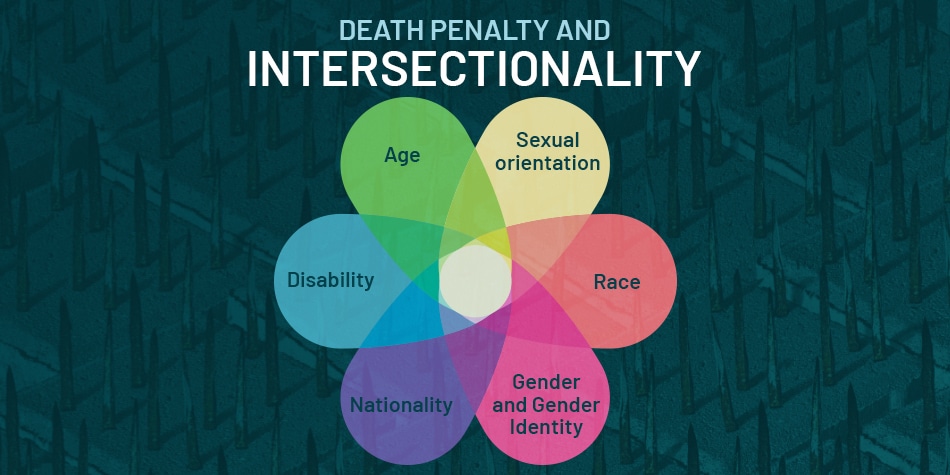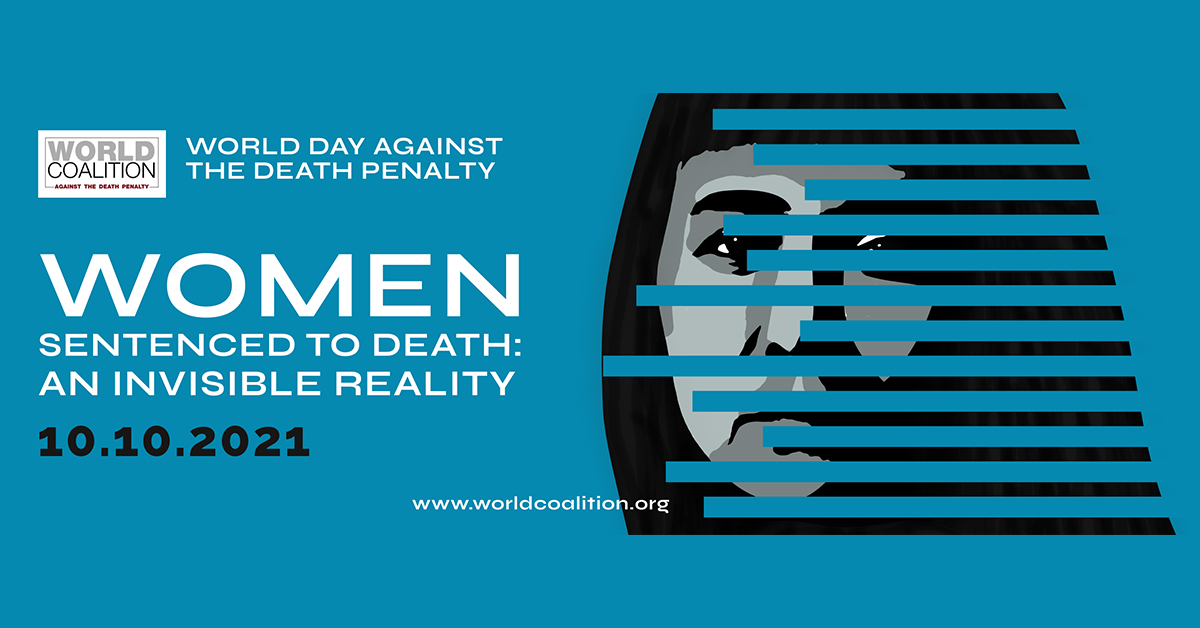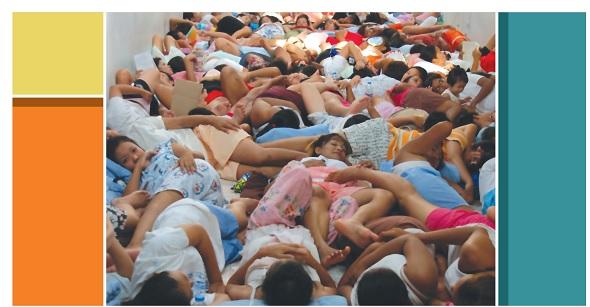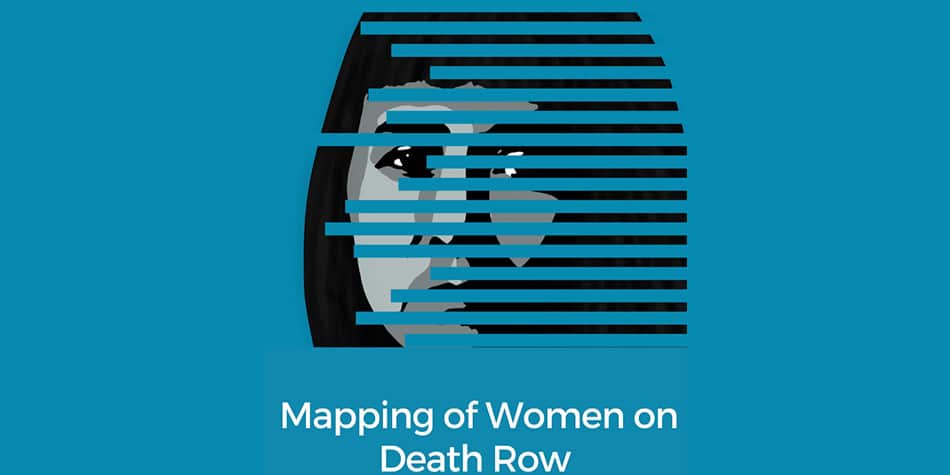
World Coalition Publishes Country Mapping Report on Women on Death Row
Statistics
To obtain a global view of existing data on women sentenced to death, the World Coalition carried out a systematization exercise of new data, compiled in a report published in August 2023.
In 2021, the World Day Against the Death Penalty on October 10 was dedicated to the invisible reality of women on death row. In preparation for this day, members of the World Coalition Against the Death Penalty (World Coalition) conducted research to document the situation of women on death row in their countries.
WOMEN ARE ON DEATH ROW IN A MAJORITY OF COUNTRIES WITH MORE THAN 3 DEATH ROW PRISONERS
The report showed that in December 2022, women were on death row in at least 42 of the 78 retentionist and abolitionist countries in practice worldwide (54%). More specifically, it reveals that of the 59 countries with more than 3 people on death row, 71% (32 retentionist and 10 abolitionist countries in practice) have women on death row. These results suggest that when a retentionist or abolitionist country in practice has no women on death row, it’s often because there are no or very few people on death row. Among the countries with more than 3 people on death row, there are only 9 countries (7 retentionists and 2 abolitionists in practice) where it’s very likely that there are no women on death row. However, at least 5 of these countries had women on death row during the 2000s. The report also notes that in the following 8 countries, the World Coalition has been unable to obtain reliable information on the presence of women on death row: Afghanistan, Algeria, Laos, Libya, Palestine, Somalia, South Korea, and Syria.
ACCESS TO ACCURATE DATA ON WOMEN AND THE DEATH PENALTY IS CHALLENGING
The report highlights how difficult it is to obtain information on women on death row. For example, among the 42 countries where women are currently on death row, there are 12 retentionist countries with no precise data on the number of women on death row. For many countries, this challenge applies to all persons sentenced to death, not just women. The report notes however that for some countries, such as Singapore and Sudan, the absence of data or estimates on the number of people on death row is unique to women.
The report also stresses the difficulty in obtaining qualitative data. Indeed, data on the crimes and profiles of women on death row are limited, especially when compared to existing data on the crimes and profiles of men sentenced to death. The report indicates that this may be due in part to the lack of attention paid to gender-specific abolitionist work and confirms the need to promote in-depth research and analysis on these issues.
The data collected in the report show that most of the countries with the highest number of women on death row, and the highest percentage of women on death row, are retentionist countries. There are, however, a few exceptions, such as Niger, Lebanon, Kenya, and the Maldives, which are abolitionist in practice countries where the number of women sentenced to death and/or the percentage of women on death row are high (see the report for more details).
OVER THE PAST 10 YEARS, 14 COUNTRIES HAVE EXECUTED WOMEN
The results of the mapping exercise also reveal that the countries where we know women have been executed in the last 10 years are the following 14: Afghanistan, China, Egypt, Gambia, Indonesia, Iraq, Iran, Jordan, Kuwait, North Korea, Saudi Arabia, Oman, Somalia, and the United States. It is worth noting that the countries that execute the most women are also those that execute the most people in general, namely China, Iran, Iraq, and Saudi Arabia.
The report concludes by noting that the factors that explain the greater or lesser presence of women on death row are not yet clear, and that further analysis is required. This analysis should include, but not be limited to, an analysis of the gender breakdown of the general prison population, police practices, gender equality and the type of offences for which women are imprisoned. The report also highlights the need for further research on transgender and gender non-conforming people and the death penalty, as information on these populations remains very limited and often inaccurate, as it follows a purely binary format.
Read the full report here.
If you have any further information, please contact the World Coalition’s Women and Gender Project Manager Méline Szwarcberg at: mszwarcberg [@] worldcoalition.org
Attached documents
Categories
Women

